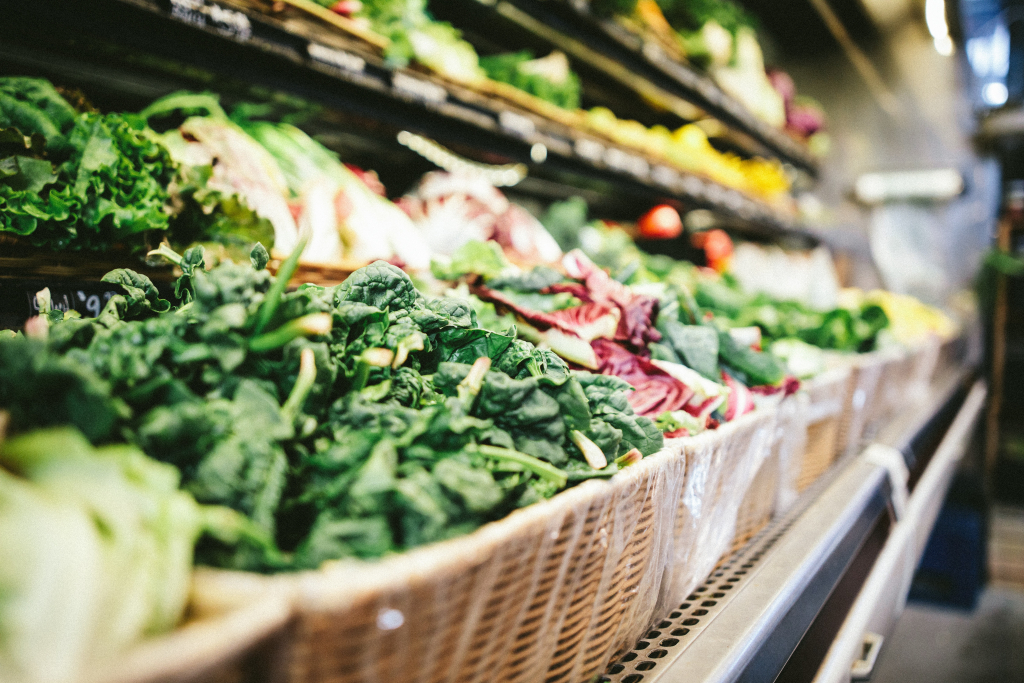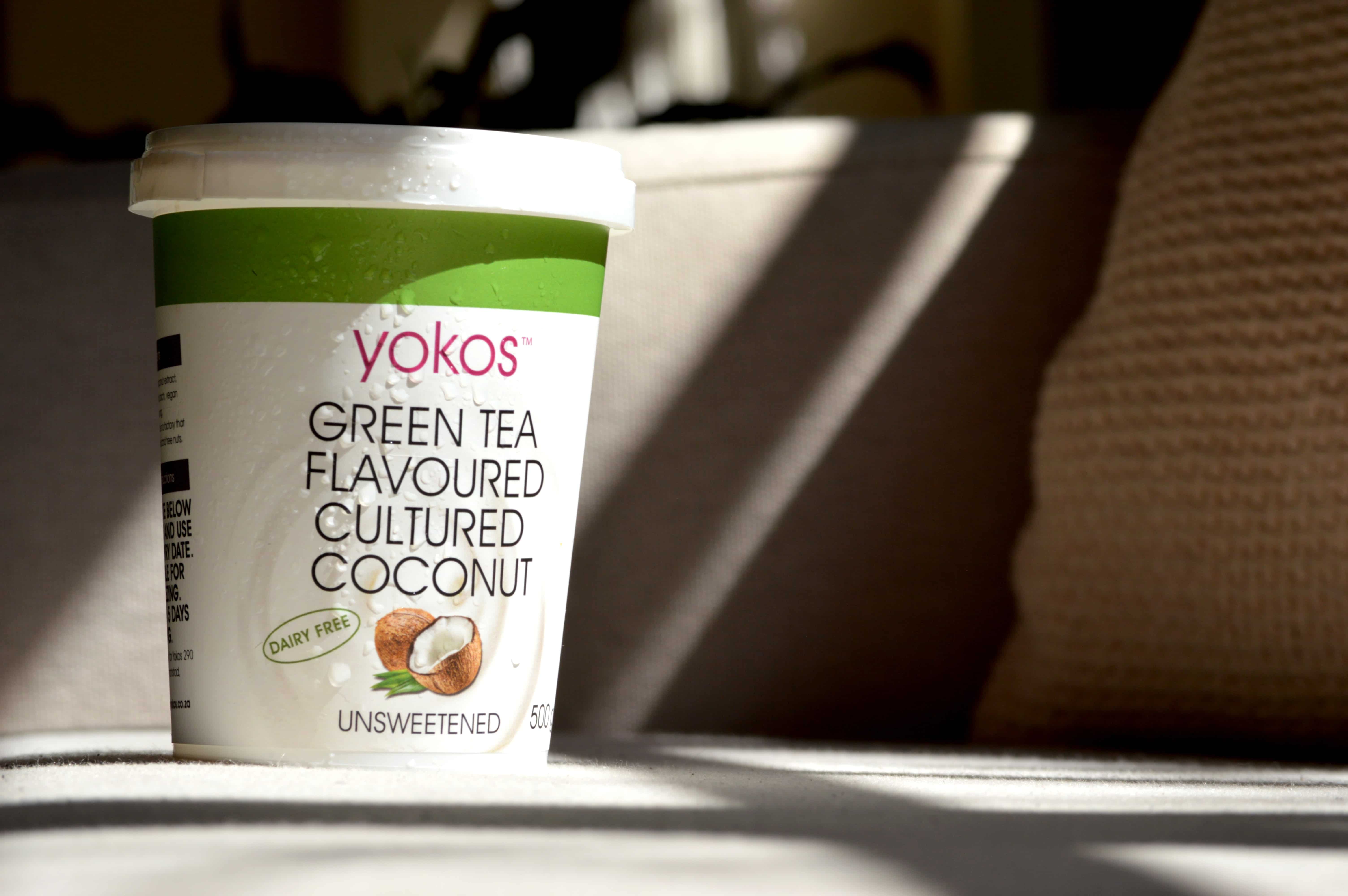How many times we have been staring at those mysterious words “sell-by” or “best-before date” on a carton of milk or a packet with frozen veggies? Definitely, often enough!
Sometimes these markings may indeed seem confusing since uninformed consumers often have no idea of their meaning and difference.
Do you feel like it’s time to clarify this issue? Have you ever wondered what this best before date means?
Then this place is right where the answer can be found!
Most Popular Food Date Terms
Today, the major part of the foodstuff presented on the shop shelves has special markings that indicate when certain groceries were produced and how long it is secure to keep them. Basically, these two meanings are the only ones the average shopper is aware of!
Nonetheless, plenty of additional markings exist that we have no idea about! No wonder consumers often ask themselves “what does best-before date mean?!”.
Next time you go to the supermarket for shopping, remember to take the following listing of the widespread grocery markings to not get lost among these signs.
Meet the top-5 foodstuff markings!
- Sell-by
- Best-by
- Use-by
- Best before (or bb date)
- Expiration date
And now let’s take a closer look at each of them in particular.
Best Before Date
Speaking of best before dates marking, it is often mistaken to be the same as the expiry marking whilst they are completely different!
Best-before date meaning indicates until which day the foodstuff will keep its best quality but it by no means shows the food will rot right the next day past the term expires! The foodstuff may indeed lose some taste or other traits but it will still be edible. This is what those best before dates are about in fact.
Use-By Date

Use-by date marking that is used today means the latest day for the foodstuff when it can be served, or consumed, or discarded. Many people mistakenly assume that after it comes to an end the foodstuff becomes rotten instantly but in fact, it is not quite right.

In most cases, the foodstuff will still remain secure to eat for a day or two past the use-by date but this is the most what we can expect.
Best-By Date
Many of us mistake this marking for the quality measure of the foodstuff whereas, in fact, it is not like this.
The true meaning of this marking shows when the durable lifespan of the foods ends. In simple words, it shows until when a certain foodstuff will remain tasty and aromatic. Its peak freshness, let’s call it so.

It has nothing to do with the groceries’ security for our stomach, unlike the widespread belief. Quite a many foodstuffs these days is able to stay consumable for weeks and even months far after this term has passed!
Sell-By Date
This marking, unlike the previous ones, is meant for retailers. It shows for what interval the foodstuff can stay on the store shelf. This marking is mostly needed for better control of the stocks and the condition of the foodstuffs.
As a shopper, one must buy the product before this date passes to be sure the foodstuff is the freshest. However, it will still stay edible for several days or weeks (sometimes longer) after this term passes.
Expiration Date

Theoretically, this marking means that the foodstuff will become useless and spoiled after the indicated term goes by.
Nevertheless, the truth is that it is extremely hard to predict and pre-calculate the durability interval for the foodstuff sold in the stores. That is why producers usually avoid placing this marking on the packets.
Ingredients
Since not all of us pay attention to the list of ingredients (and in vain since one can find many interesting things there!), it would be useful to know what it shows and what shall be displayed on the packet.
- So, first of all, all the ingredients, including additives, are shown in descending order of the mass they had when a certain foodstuff was produced.
- Then, if any flavorings had a place, it must be indicated, too.
- All the allergens (if there are any) must be listed as well
- In addition, each packet must have the name of the producer, its address, stocking instructions, and the mass of the foodstuff on it
If some of these are absent, you’d better look for another product instead.
Why Are Food Date Terms So Confusing?
Indeed, going to the store may sometimes turn into some kind of examination when we must correctly identify what this or that term means!

However, the reason for this is quite prosaic.
- First of all, different manufacturers simply use different terms for indicating the same thing. For instance, did you know that, in fact, best-by, best-before, and best-if-used dates mean the same thing?
- Then, we simply often confuse one term with another because they sound very similar (e.g. sell-by and use-by)
- Most of those markings are too vague and it also causes certain problems
- And finally, people find it very difficult to get any information about those marking meanings which makes the problem drow bigger
At least we hope that this brief summary will allow you to navigate through the food terminologies easier now so that your next visit to the shop will be far less stressful! No more questions like “What does the best-before date really mean?”!
[wp-faq-schema title=”Frequently Asked Questions”]

Hey! I’m kind of in trouble with my groceries! I made a revision of my fridge and saw some of the foods are slightly expired. A day or to, no more. How long can you eat the foods after best before date? Does anyone know?
Hello! I know that most of the foodstuff is ok to eat for several days after this date if they look and taste/smell good. Anyway, trust your senses, if anything stinks or looks bad, don’t hesitate! Throw that away.
Can I eat meat after best before date? Will I not get poisoned?
Meat is one of the foodstuffs that can be harmful if consumed past the best-before date. Even if it looks and smells fine. Don’t risk.
Is it OK to eat eggs past their best before date?
Yes, if the eggs are still in shells, they can stay chilled (and consumed respectively) for three weeks more past the best before date.
Hi! Do you guys know what’s the difference between use by and best before? I’m a bit confused, to be honest! Are these two not equal? Thanks!
Hello there! I’m often confused, too! In fact, use-by shows the latest day the food shall be either eaten or thrown away. Best-before, if I recall it right, it means the last day the product will be at the top quality but it can last longer.
What is the “best before expiry date” meaning? I often see this on cans and packages in supermarkets, but I can’t get the point. Does it show the date until when I must consume the product?
Are you sure it’s exactly best before expiry? I know that there is a best before date and an expiry date. The best before date indicates the period in which the food condition will remain as stated. An expiry date is the date after which consuming the food becomes dangerous because it can be spoiled.
Hey there. I need your help folks. Can somebody explain to me the best before date vs expiration date difference please? I really can’t understand the distinction! Are they not the same?
No, they are not the same of course! See, the best before date is the date until which your food remains of a proper quality right as it should be. And the expiry date (or expiration date) is the date after which you must not eat that foodstuff since it may already be spoiled or lose its quality, taste, texture, etc.
We had a sale day in a local store this week, and I bought way too many eggs as I figured out yesterday. I still have a dozen or so, and their best by date has already passed. How long after the best-by date can I use eggs?
Well, I can tell you from my own experience that eggs stay edible and safe to consume from three to five weeks beyond the sell date. As far as I can see from what you just told us, yours must still be ok.
What does best before date mean on yogurt? Is it the term until which the product is ok to consume or am I missing something out?
Best before means that yogurt will be of a proper texture and taste until that date. Later, it may lose some of its quality but it will still be safe to eat.
I have recently seen a carton of juice in a store with the “best use by date” on it. Does anyone know this best use by date meaning?
I saw it several times. As I was told, it indicates when a foodstuff or a product will be of its best quality and taste. I guess it’s pretty much the same as best by date or something.
What is the chocolate best before date meaning? Do I get it right that it shows until what day the bar needs to be consumed before it gets spoiled?
No, not quite like that. The chocolate bar will retain its taste, appearance, and texture at the proper level until that date. If you store it further, it will still be ok to eat, however, its quality will slowly start degrading.